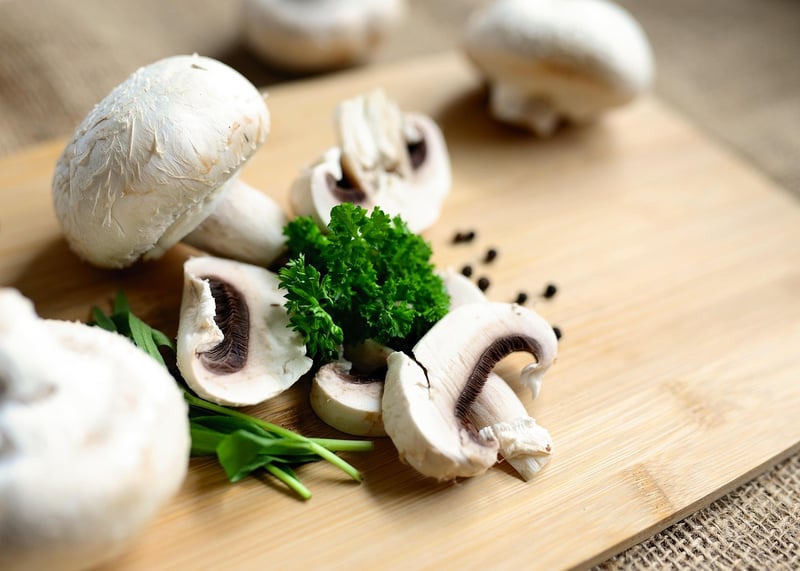Edible Options
Choosing the Right Plants for Vertical Gardens + Edible Options
Introduction
Vertical gardens are a fantastic way to maximize green space, especially in urban settings where ground space is limited. Whether you're looking to create a stunning visual display or grow your own fresh produce, selecting the right plants is crucial for the success of your vertical garden. In this guide, we'll explore how to choose the perfect plants for your vertical garden, with a focus on edible options for those interested in growing their own food.
1. Consider the Growing Conditions
Before choosing plants for your vertical garden, assess the growing conditions of the space. Factors such as sunlight exposure, humidity levels, and temperature fluctuations will influence which plants will thrive in your vertical garden.
2. Best Plants for Vertical Gardens
When it comes to vertical gardening, some plants are better suited than others. Here are a few options that work well in vertical gardens:
- Succulents: Perfect for vertical gardens due to their low maintenance and water requirements.
- Herbs: Culinary herbs like basil, mint, and parsley are excellent choices for vertical gardens, providing both beauty and functionality.
- Ferns: These lush, green plants thrive in the humidity often found in vertical garden environments.
- Flowering Plants: Add pops of color with flowering plants like petunias, geraniums, or begonias.
3. Edible Options for Vertical Gardens
For those looking to grow their own fresh produce, vertical gardens offer a unique opportunity to cultivate edible plants in a small space. Here are some edible options to consider for your vertical garden:
- Strawberries: These delicious fruits thrive in vertical gardens and are perfect for both sweet and savory dishes.
- Lettuce: Leafy greens like lettuce are easy to grow vertically and make for fresh, crisp salads.
- Tomatoes: Compact varieties of tomatoes can be grown vertically, providing a bountiful harvest in a limited space.
- Peppers: Bell peppers or chili peppers are great options for vertical gardens, adding a touch of spice to your cooking.
4. Maintenance Tips
To ensure the success of your vertical garden, it's essential to provide proper care and maintenance. Here are some tips to keep your vertical garden thriving:
- Regular watering: Check the moisture levels of your plants frequently, especially in hot weather.
- Pruning: Trim back overgrown plants to encourage healthy growth and prevent overcrowding.
- Fertilizing: Use a balanced fertilizer to keep your plants nourished and promote flowering or fruiting.
- Pest control: Monitor for pests and take appropriate measures to protect your plants from infestations.
Conclusion
Vertical gardens offer a creative and practical solution for adding greenery to any space. By choosing the right plants, especially edible options for those interested in growing their own food, you can create a beautiful and productive vertical garden that enhances both your environment and your culinary experiences.

Start planning your vertical garden today and enjoy the benefits of fresh herbs, fruits, and vegetables right at your fingertips!
